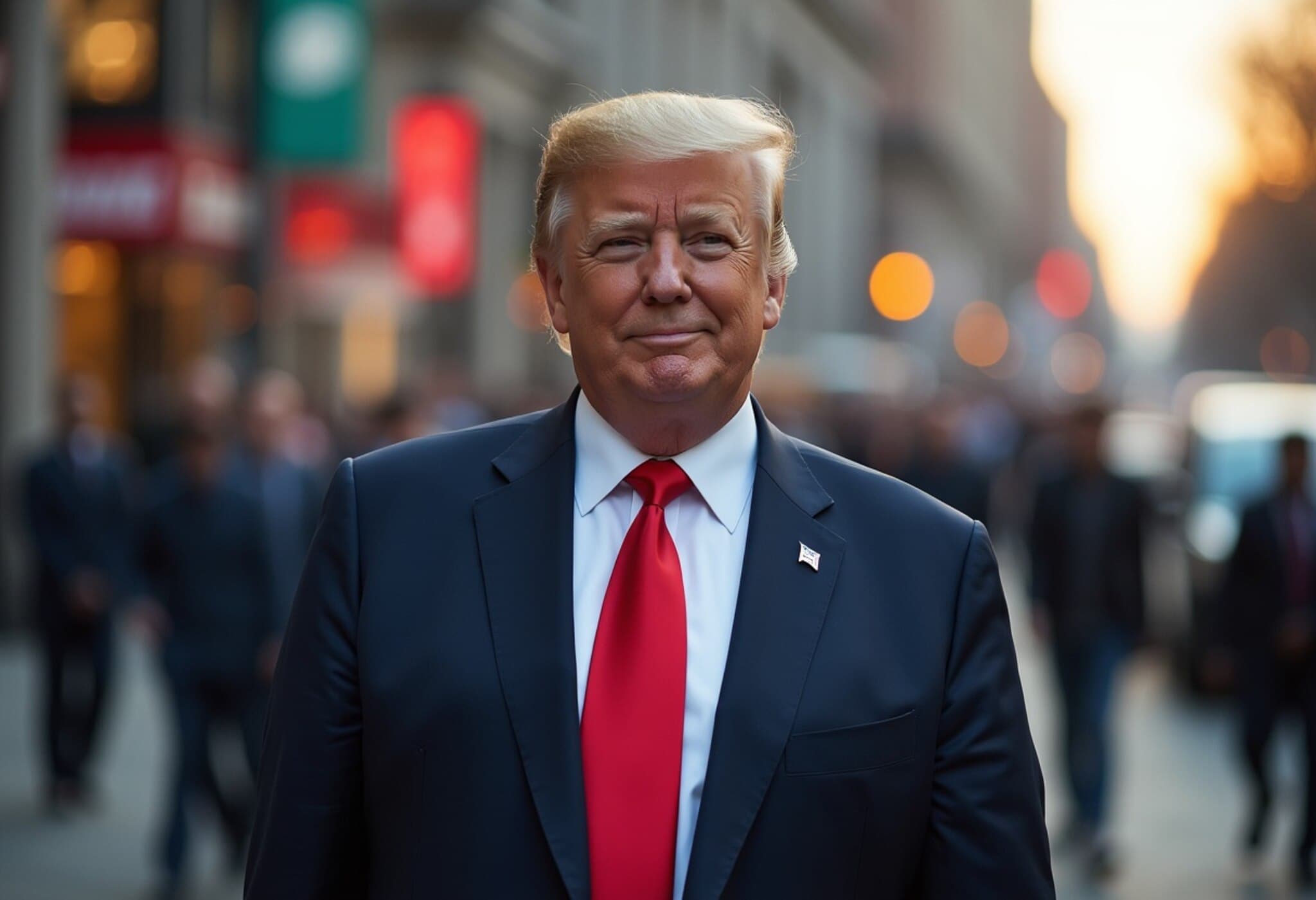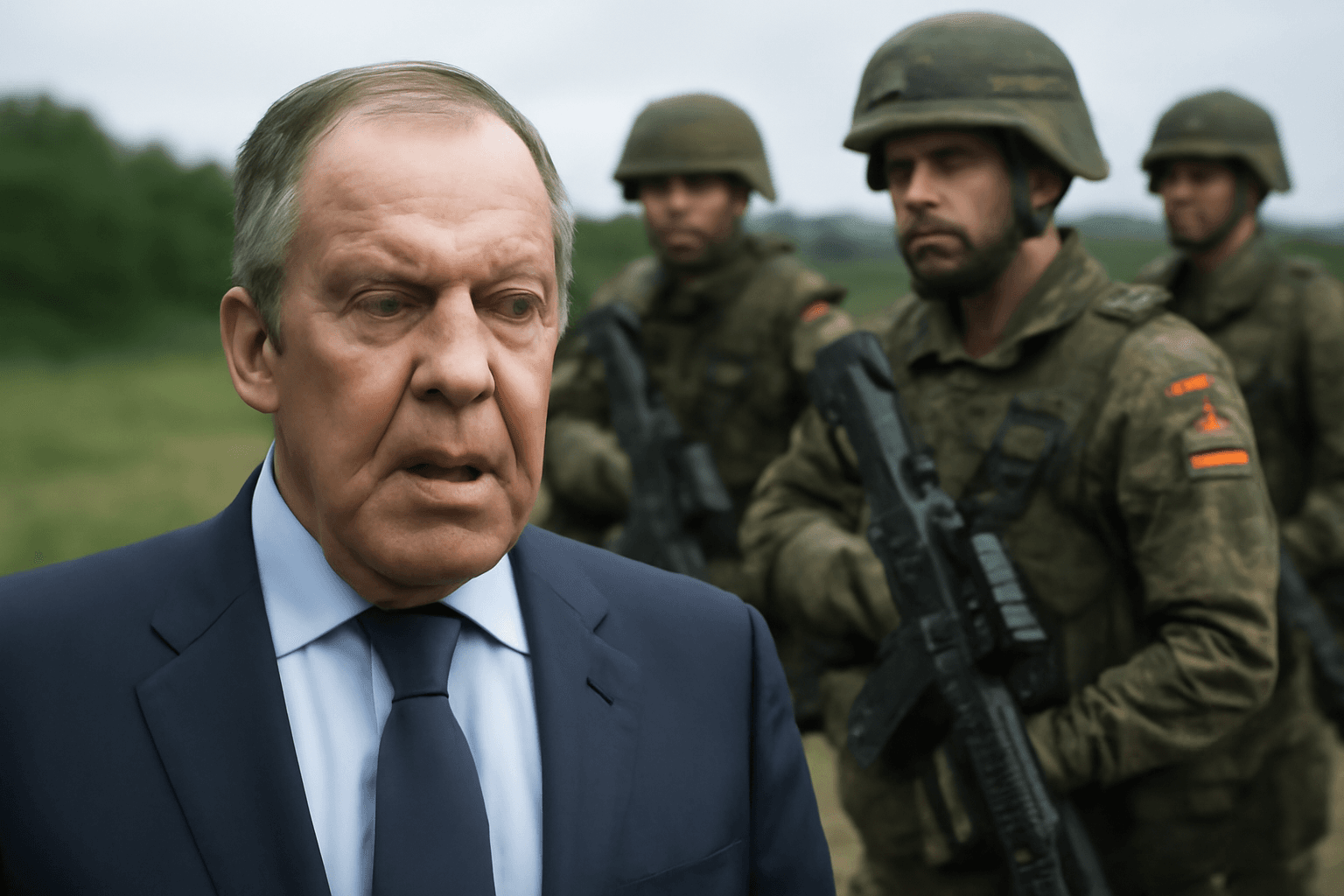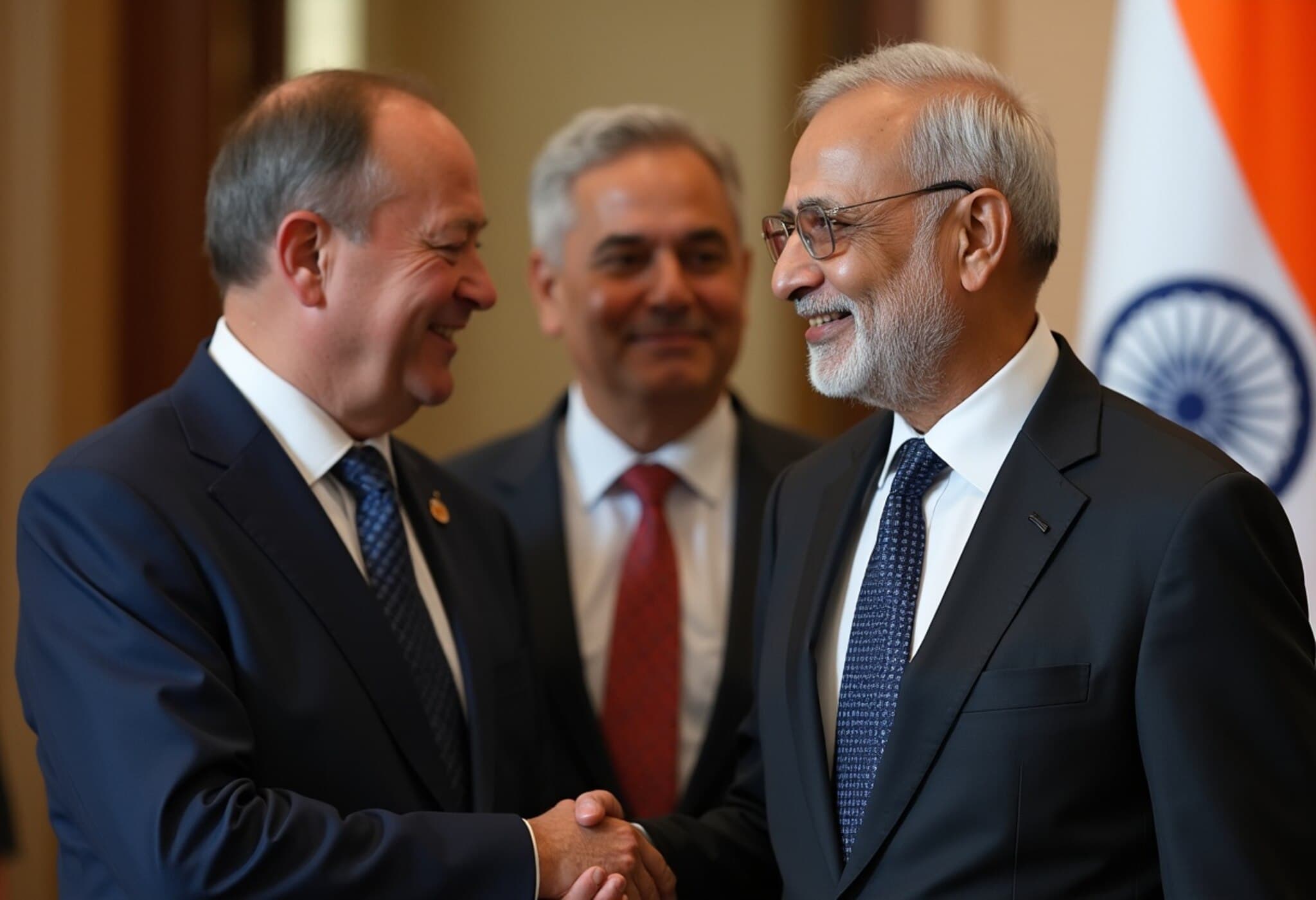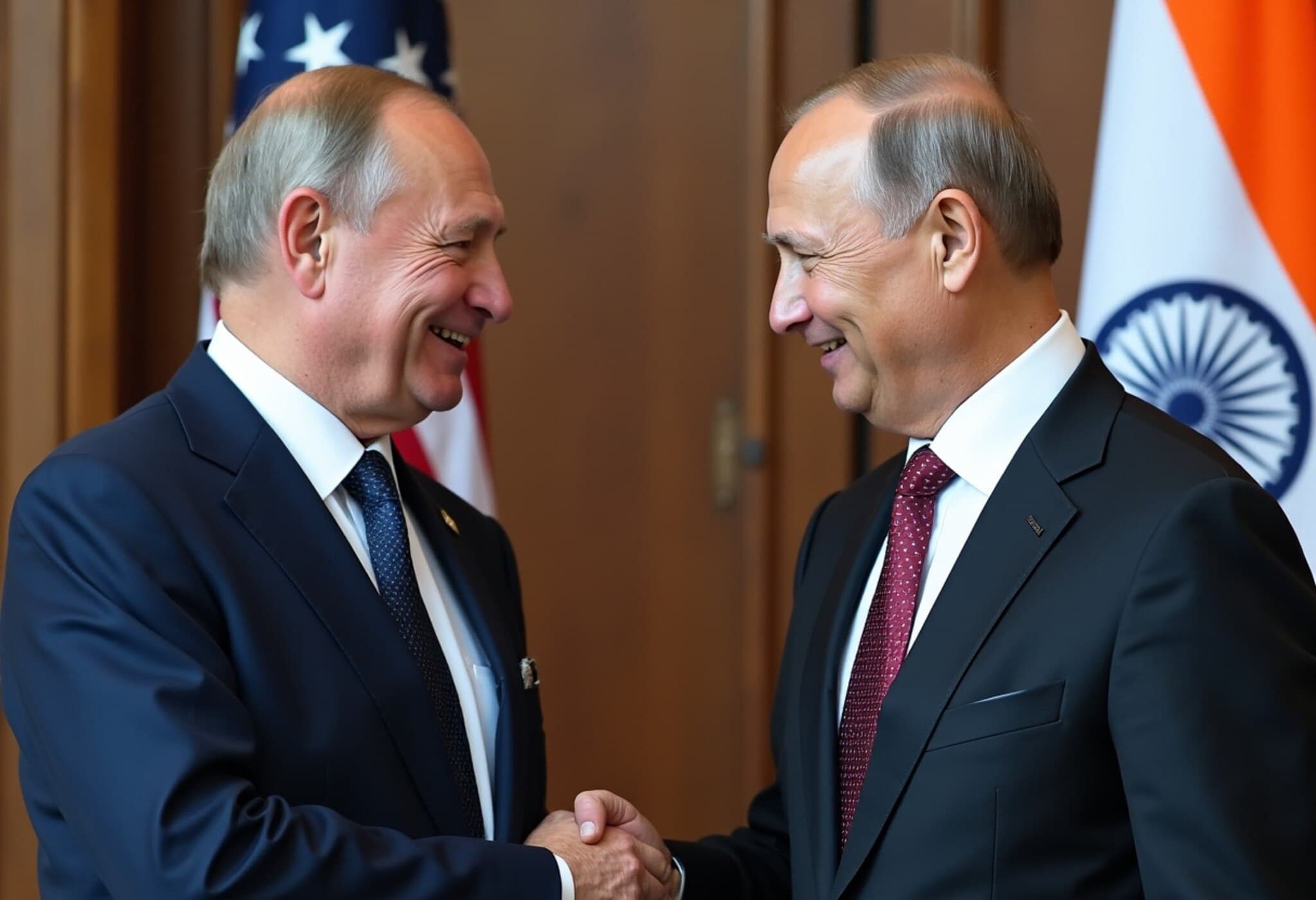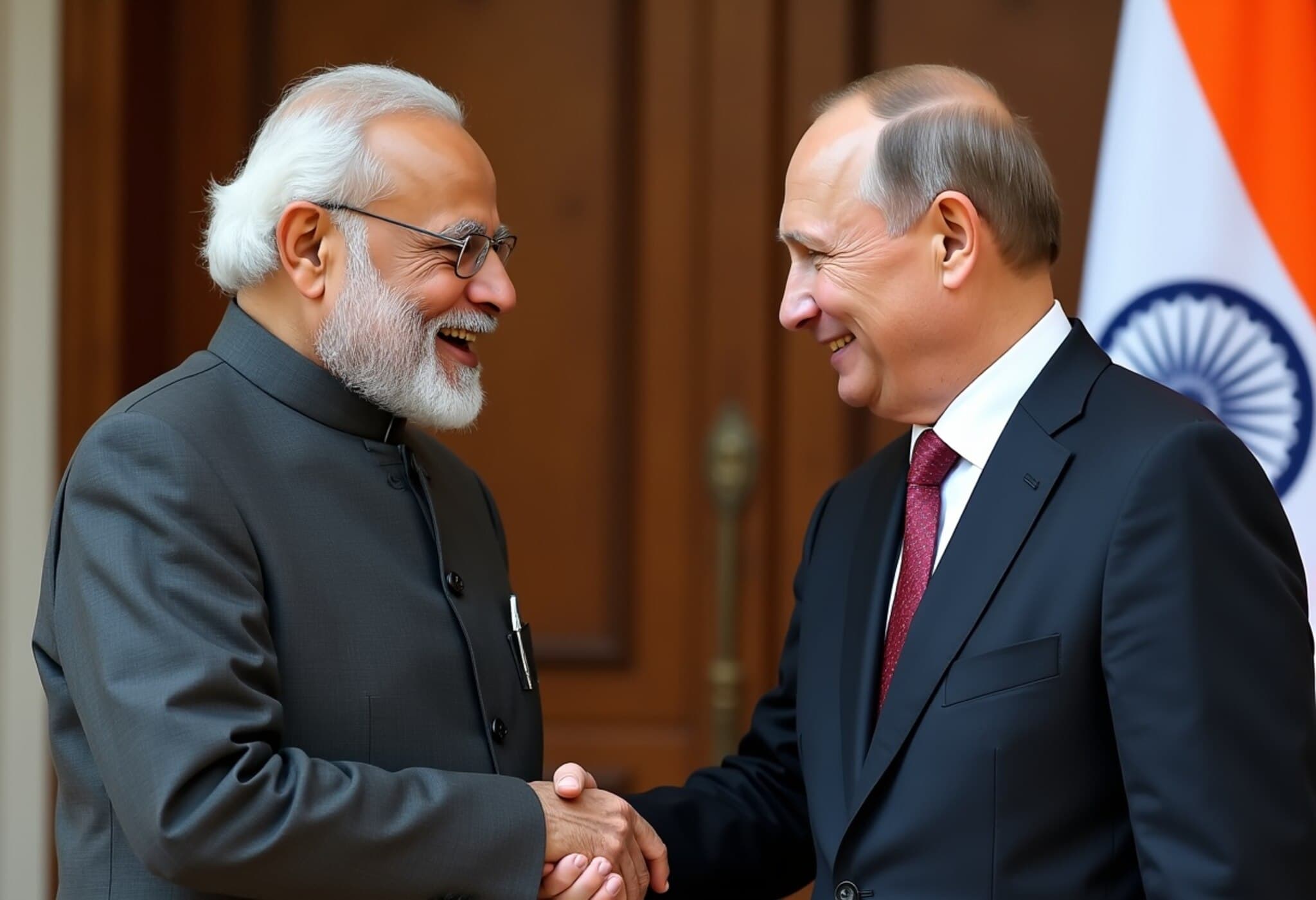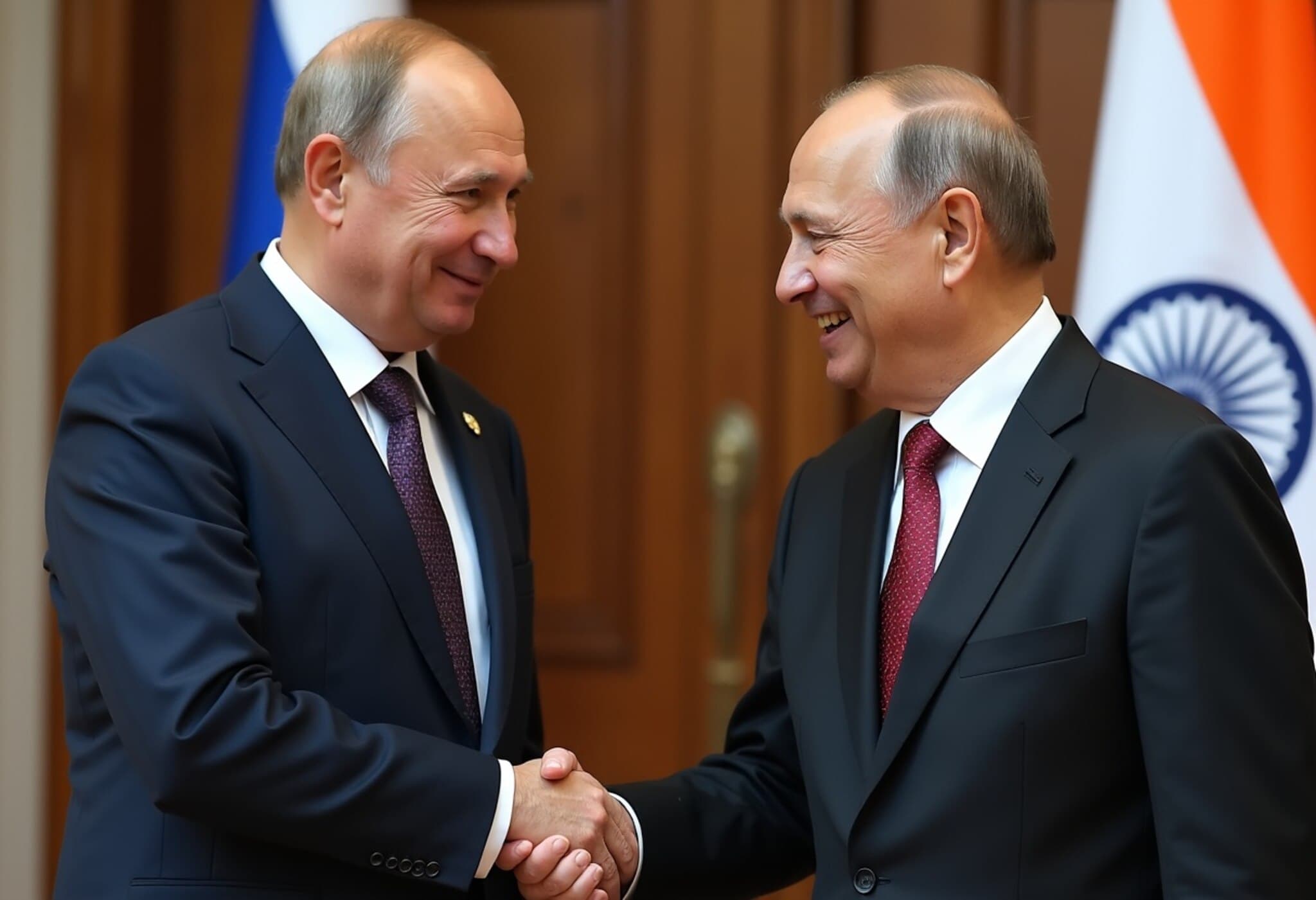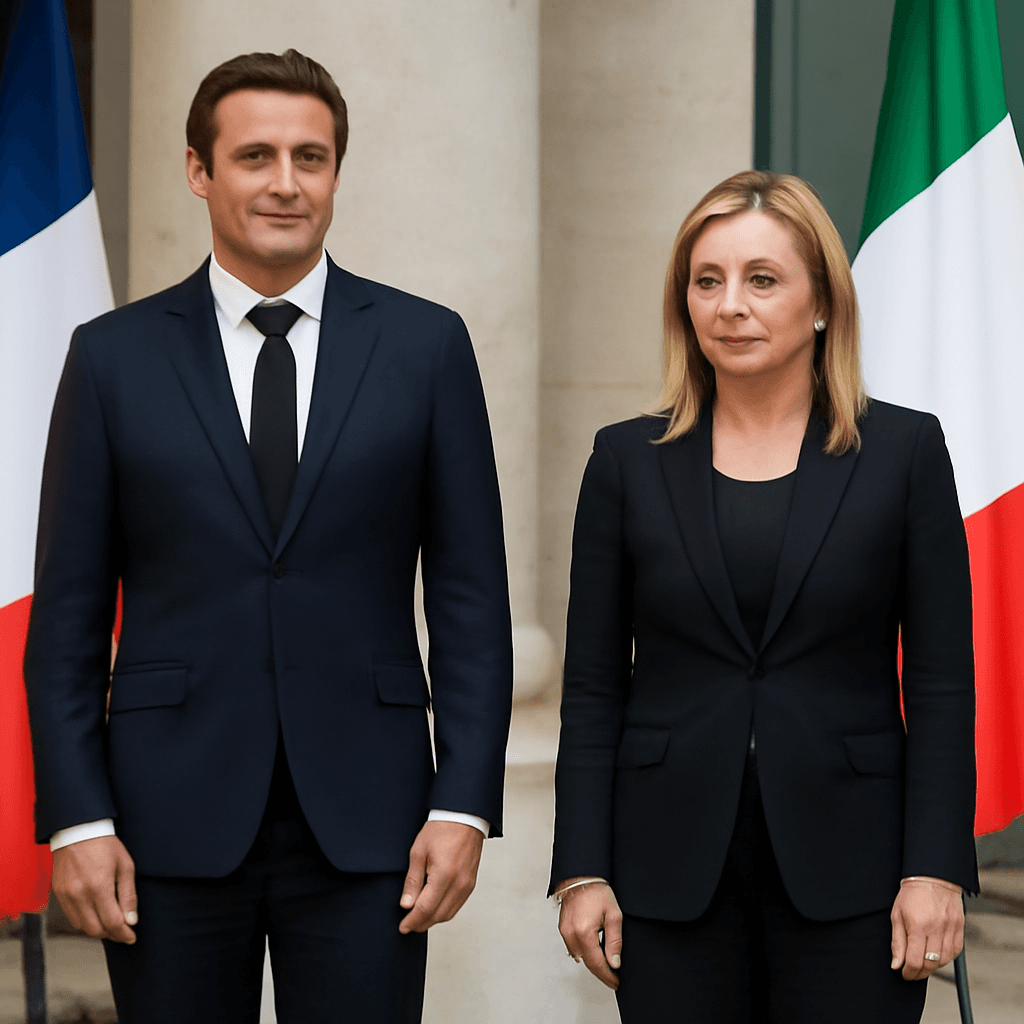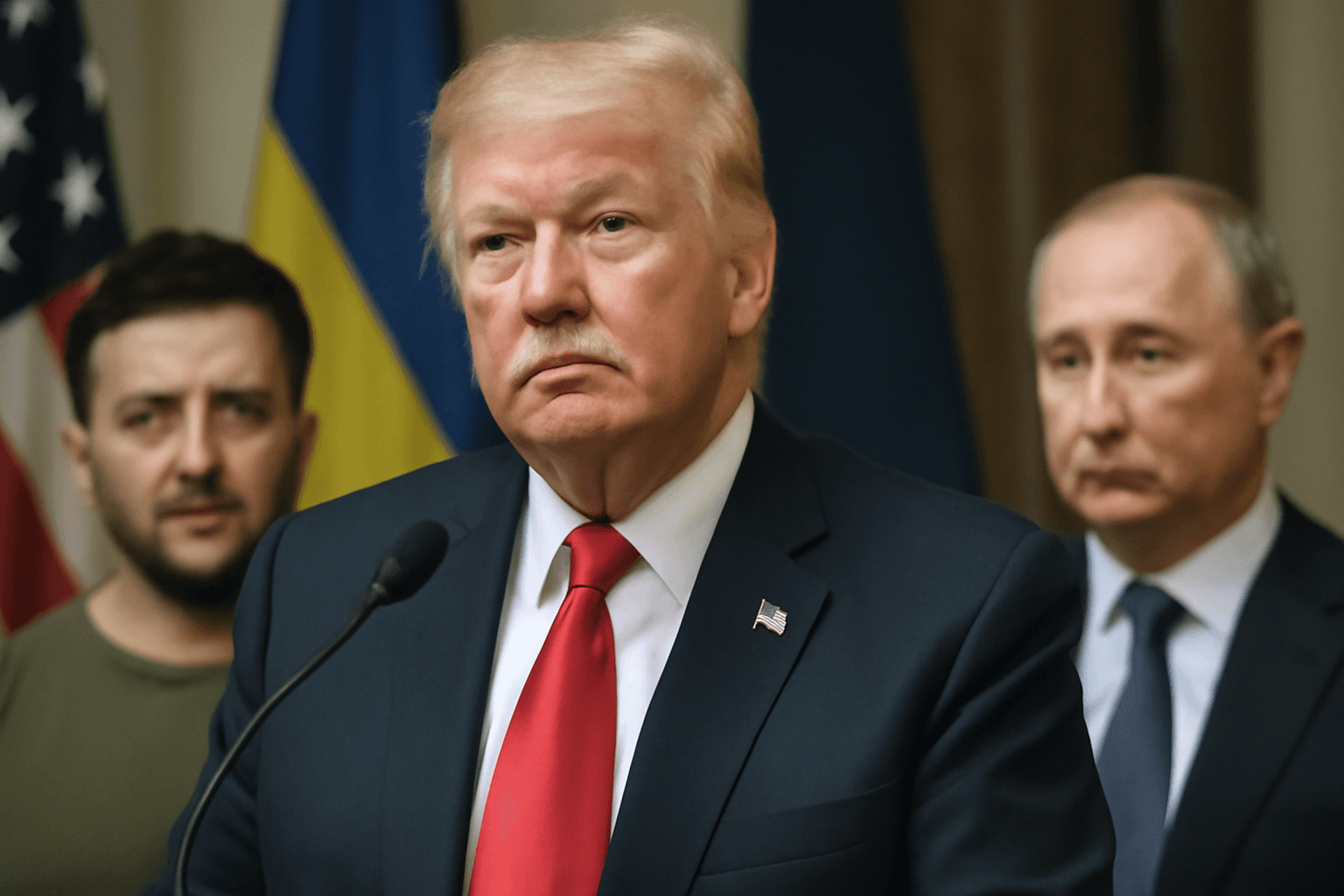Understanding the US Tariffs on India Amid the Ukraine Conflict
In a bold and controversial move, the United States imposed 50% tariffs on India, a decision officially framed as part of a larger strategy to pressure Russia into ending the war in Ukraine. This development, announced in mid-2025, has stirred diplomatic tensions and raised critical questions about international trade, geopolitical strategy, and the future of US-India relations.
Trump Administration’s Stance: Geopolitics Over Trade?
White House Press Secretary Karoline Leavitt clarified the intent behind the tariffs, pointing out that the measures are designed to exert “tremendous public pressure” on Russia. This assertion stems from US President Donald Trump’s desire to see the conflict in Ukraine resolved expeditiously. According to Leavitt, the tariffs on India — implemented as 25% initially on July 31 and another 25% on August 6 — target India's oil purchases from Russia, which are seen as indirectly fueling Russia's war efforts.
Leavitt emphasized that President Trump rejected the idea of delaying diplomatic engagement, instead opting for direct pressure tactics to bring an early end to the war. This approach signals a willingness by the US to mix economic sanctions with geopolitical objectives, leveraging trade as a tool of foreign policy.
The Ripple Effects: Strained US-India Relations and Global Trade Implications
While the tariffs aim to curb Russian influence, they have notably strained the relationship between the US and India. India has historically maintained a strategic balance in its foreign relations, engaging with Russia for defense and energy needs. The tariffs complicate this balance, pushing India to reconsider its diplomatic position.
Furthermore, reports indicate that ongoing trade negotiations between the US and India have stalled following the introduction of these tariffs. Earlier attempts to finalize trade agreements in July 2025 hit obstacles after the US introduced new demands perceived by India as unrealistic, exacerbating the stalemate.
Underreported Dimensions: The Kashmir Issue and Regional Dynamics
Beyond tariffs, the US administration's actions seem to touch on other sensitive issues such as the Kashmir conflict and operations like India’s Operation Sindoor. Some analysts suggest that these geopolitical maneuvers have involved aligning more closely with Pakistan, which further complicates South Asia's already volatile security landscape.
Expert Commentary: Balancing Principles and Pragmatism
From a policy analysis perspective, this strategy raises vital questions:
- Effectiveness: Can tariffs on a third party truly compel Russia to end hostilities, or might they push allies closer to Russia?
- Economic fallout: How will increased costs impact American consumers and businesses relying on Indian imports?
- Geopolitical balance: Will this US pressure prompt India to pivot more firmly towards Russia or seek alternative partnerships?
Legal experts also note that imposing tariffs for geopolitical reasons challenges longstanding international trade norms under the World Trade Organization framework, potentially paving the way for retaliatory measures.
Looking Ahead: What This Means for Global Diplomacy
The unfolding situation underscores a larger trend of intertwining economic policy with global security issues. This episode represents an enhanced form of economic statecraft, where tariffs serve as instruments beyond mere trade disputes — becoming leverage in high-stakes international negotiations.
For Indian policymakers, the challenge lies in managing national interests while navigating pressure from powerful global players. Similarly, the US faces the dilemma of balancing immediate conflict resolution goals with maintaining strategic partnerships.
Summary
The US tariffs on India mark a significant moment in the global response to the Ukraine war, illustrating the complexities of using economic levers in pursuit of geopolitical ends. While President Trump’s administration frames these measures as essential to ending conflict, the ramifications stretch far beyond, touching on delicate international relationships, trade stability, and regional security.
Editor's Note
This evolving situation invites readers to consider the limits of economic sanctions in resolving military conflicts, especially when key players have intricate, longstanding alliances. As the US pushes India with tariffs to sever ties with Russia, the broader question arises: How sustainable is coercive economic diplomacy in an interconnected world? Observers should watch closely how India responds — whether with strategic recalibration or renewed diplomatic engagement — as this will significantly affect both the regional order in South Asia and the trajectory of the Ukraine conflict.

